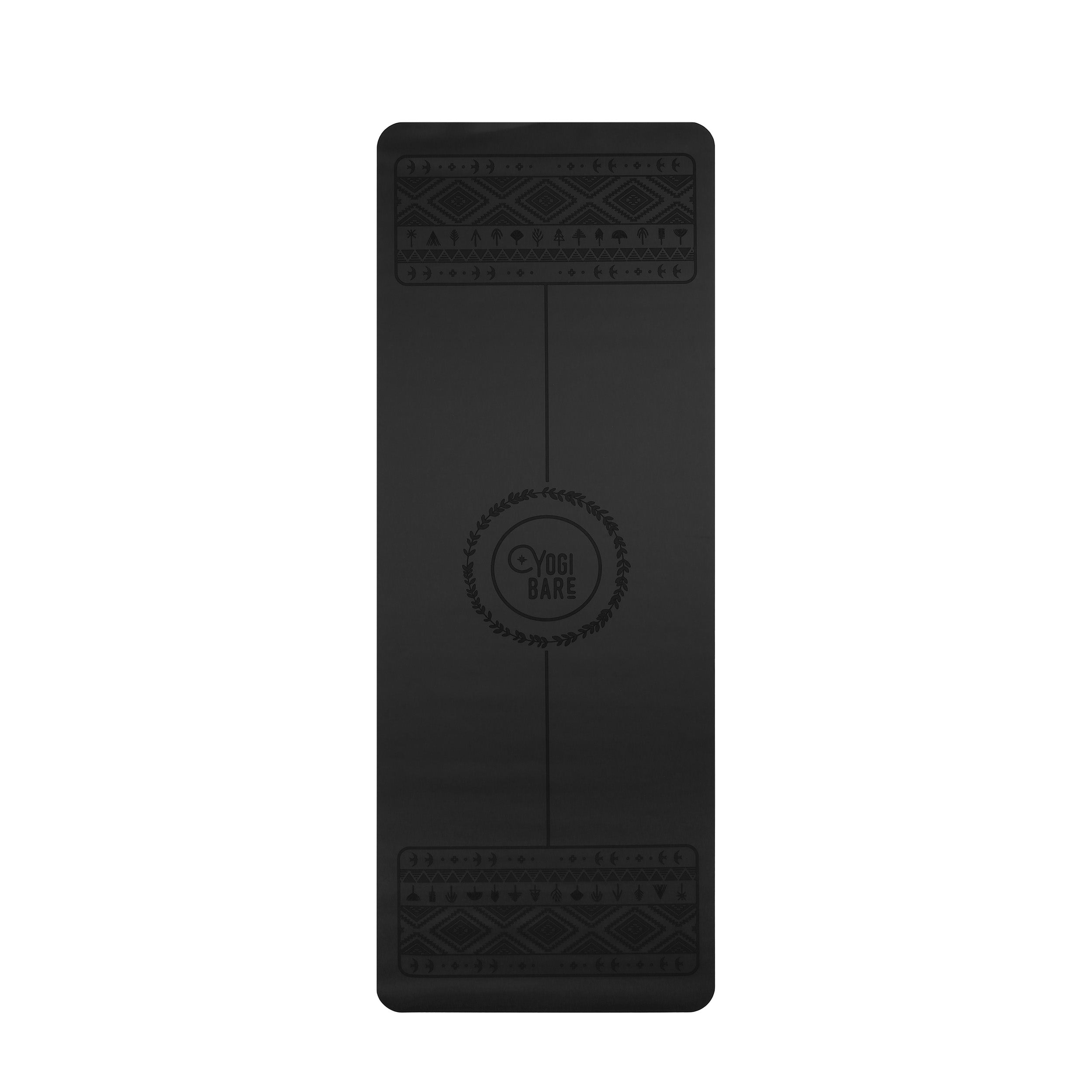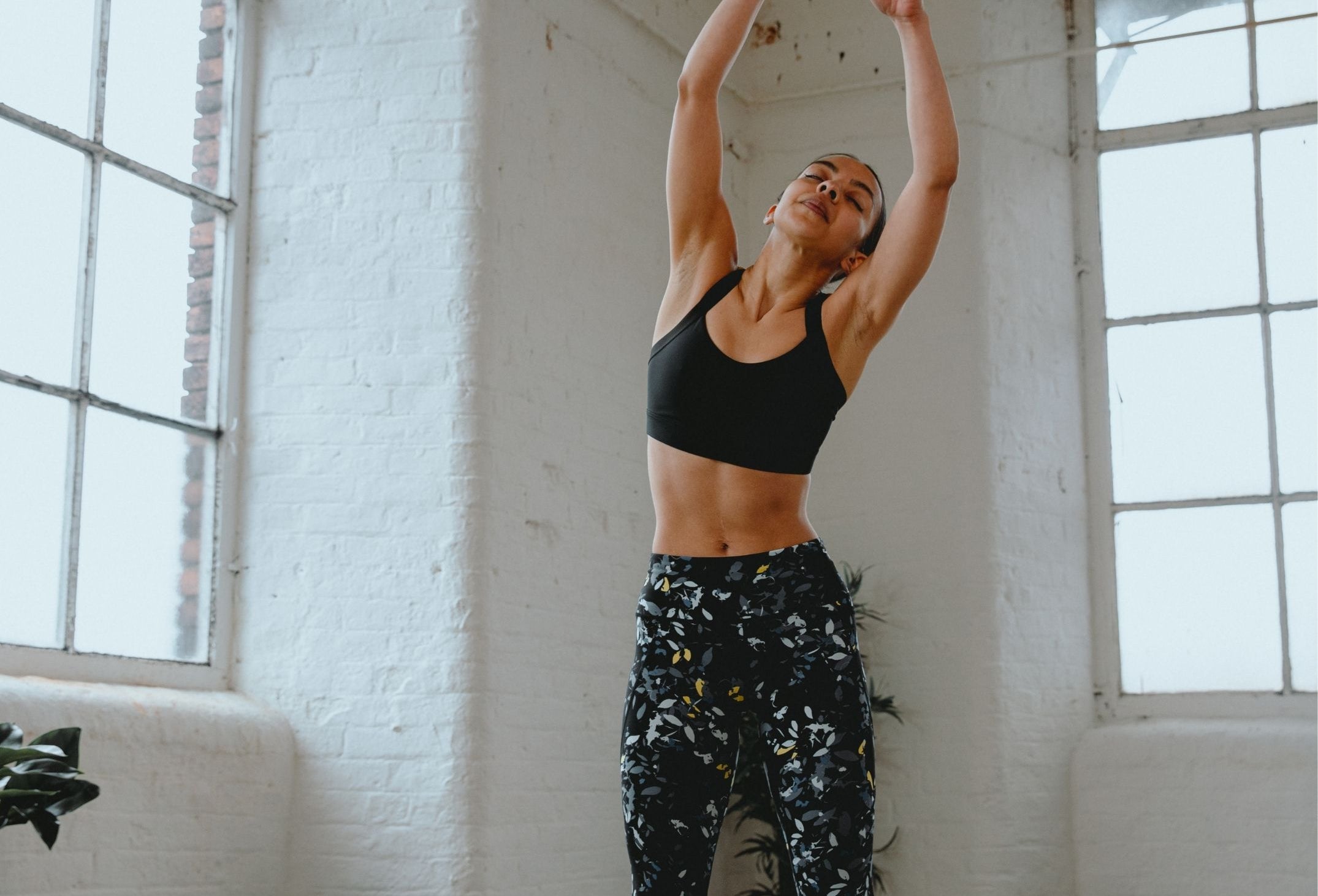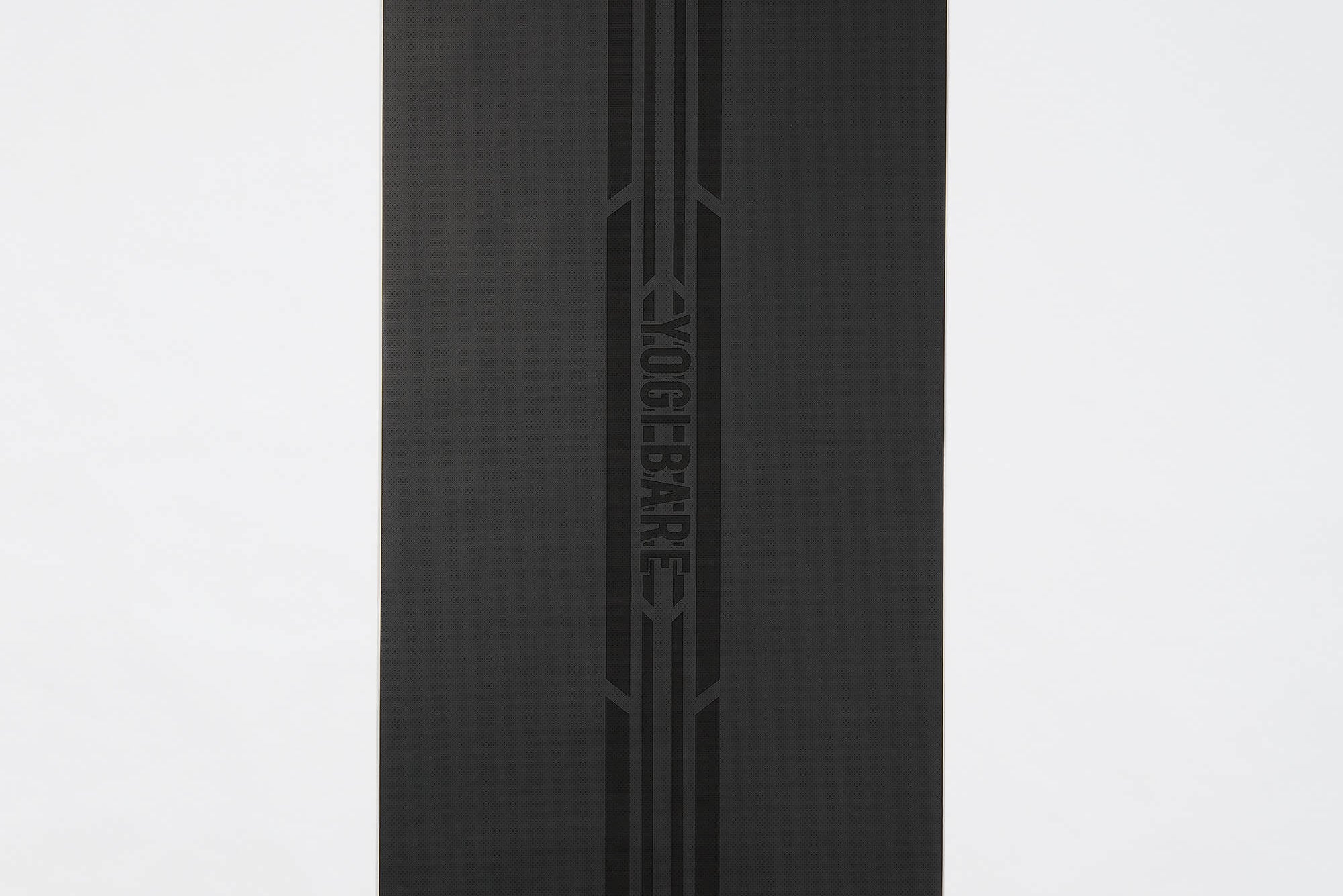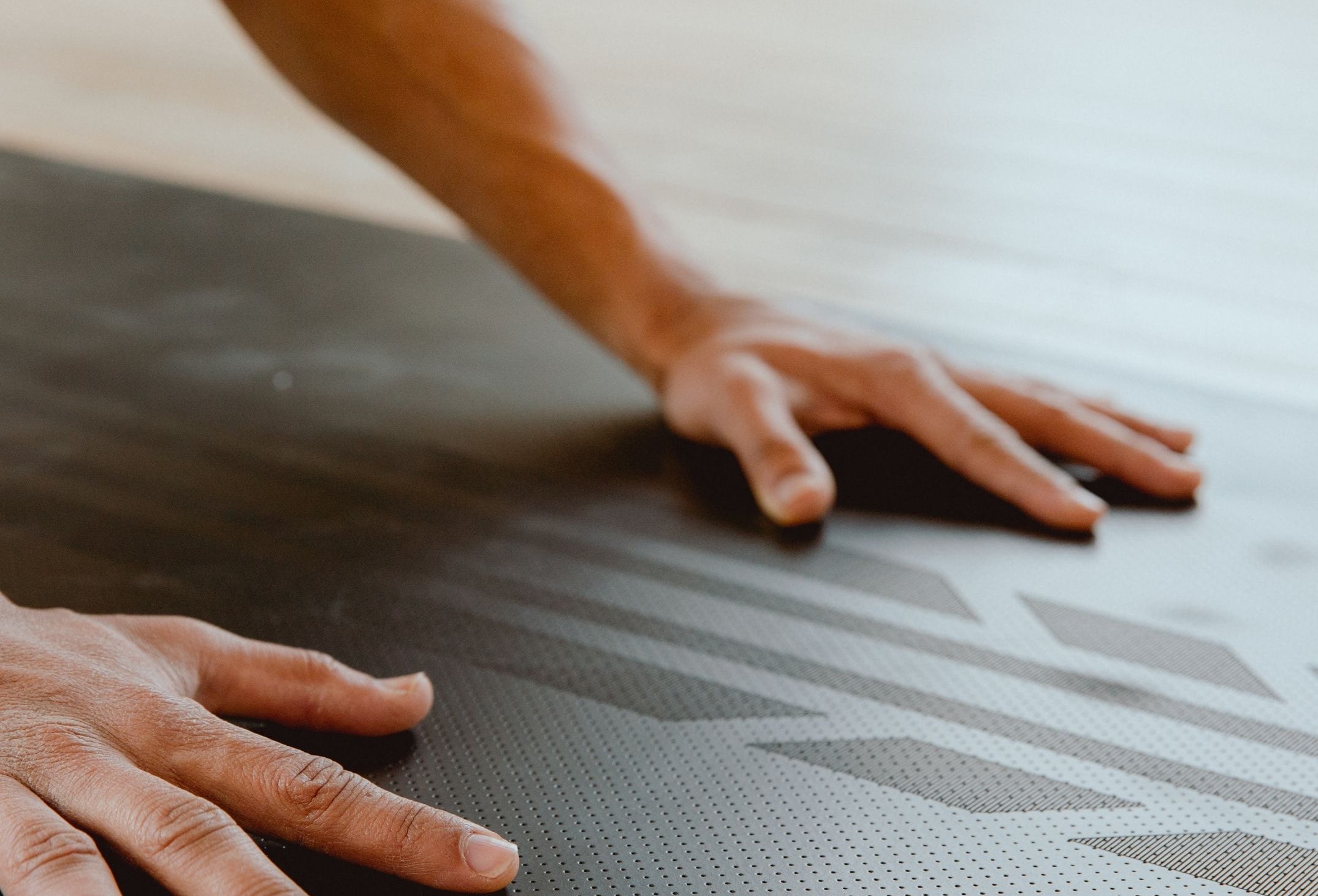You’ve probably put two and two together already by now and guessed that Acro Yoga combines yoga with acrobatics. Okay, it may not be the most original title, but It’s definitely not your average yoga practise. Why? Because after the solo warm-up, you move on to partner-work creating dynamic lift poses. Think contemporary dance meets acrobatics when it comes to this yoga fusion. Pretty cool right?
Benefits of Acro Yoga
Emanating mainly from the USA, this discipline, full of grace and poise, was brought into our consciousness by a dancer and yogi after realising similarities in breathwork and physical awareness. It’s a fantastically powerful, physically demanding form of yoga that builds strength and balance from the core, legs and arms in both the flyer (the person being lifted) and the base (the person doing the lifting). Inversions, including headstands and handstands play a big part too which stimulates blood circulation. After a session, you’re left feeling energised, full of positivity and more than likely, wild dreams of joining the circus.
Acro Yoga is hugely beneficial for mental health too. Whilst some poses may be more challenging; the sense of achievement from them builds confidence and empowerment. Trust is obviously paramount between partners and a strong emotional connection and warmness is built whilst working in partnership. There’s even an element of therapeutic Thai massage in some of the poses! It really is a yoga style unlike any other you’ve seen.
Should I Use a Yoga Mat?
Having something soft and grippy for floorwork is essential. For Acro Yoga, we’d recommend our Yogi-Bare Paws X Non-slip Mat. This mat is wider than normal, exactly what you need when there’s two of you. It also uses advanced grip technology so even if you do get a sweat on, it's unlikely you’ll fall out of pose
Beginners Guide to Acro Yoga
Don’t get put off by the fact that you’re a newbie. With guidance, anyone can do these poses but that said, attending a class to begin with is a good idea. An experienced instructor will certainly give you the basics and ensure safe practise.
Begin by agreeing the roles of base and flyer with your partner. The general rule of thumb is that the larger person takes on the role of base. Ideally, you should also have a spotter (another person) on hand, ready to adjust the pose and catch the flyer if anyone wobbles or falls.
Constant communication is the key to success with Acro Yoga. You all need to know the intentions for the pose, how one another is feeling and if anyone wants to stop at any time.
5 Easy to Master Acro Yoga Poses
Base Test 1
A nice pose to ease into your routine, this also helps the base learn stability.
Base lies down on their back. Legs are vertical, with feet stacked over hips. If you’re much taller than your flyer, you can bend your knees, otherwise they may find it difficult to reach.
Flyer crosses their forearms, rests them onto the base's feet, pressing down. Hold for a few breaths.
Base Test 2
If you’d like to strengthen Base test 1, the flyer lifts legs off the ground.
Once you both feel stable, base can straighten legs either at a 90® angle or into an L-shape. Stack feet over hips to remain stable. When you’re ready to come out of pose, lower the flyer gently back down.
Plank Press
Base lies down on their back and rests their feet onto the flyer’s hips, keeping them parallel and hip-width apart, with knees bent.
Flyer stands at the base’s feet. Stretch arms out to the side in a T-shape. Keep your body firm and engage the abdominals.
The base can now bend their knees more. Taking it slowly, start to receive more of the flyer’s body weight. Lower the flyer down gently by a few inches and then back into standing. With this one, it’s important that the flyer keeps their feet on the ground and trusts their weight to the base, who is effectively holding them in place.
Plank on Plank
Spice up this classic yoga pose with a partner.
Base gets into position first, adopting the plank pose. A strong plank means hands are shoulder-width apart, core is pulled in, whilst arms are kept straight.
Flyer faces the base’s feet, then places hands on the base’s ankles. Now, press down onto the ankles with straightened arms. Carefully lift the foot closest to the base. Place your ankle on the shoulder furthest away. Toes should stay pointed, pressing into the top of that foot. Engage your leg and core muscles, bringing strength and balance to the pose. Slowly place your second foot on the base’s near shoulder. Align your shoulders over the base’s ankles for stability.
Folder Leaf
A great introduction to the more therapeutic Acro Yoga poses.
Base lies on their back, placing their feet on the groin of the flyer. Keep feet turned out slightly.
Flyer leans forward, lifting legs up whilst holding the hands of the base. As the flyer is doing this, base bends their legs initially, then lifts the flyer upwards in a more controlled manner. From the front plank, flyer lets go of the base’s hands and bends downwards, arms hanging down alongside the base’s legs.
To come out of pose, base gently manoeuvres flyer back into the front plank, then gently lower them back down again into standing position.





Leave a comment